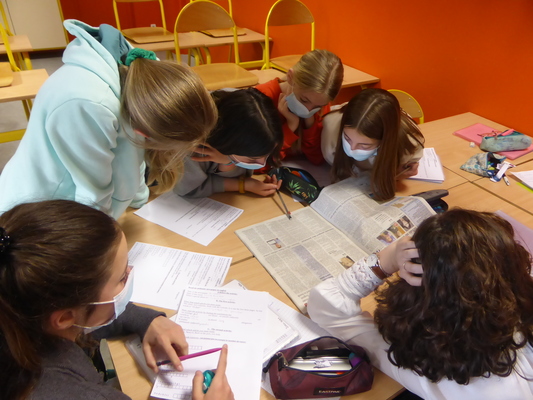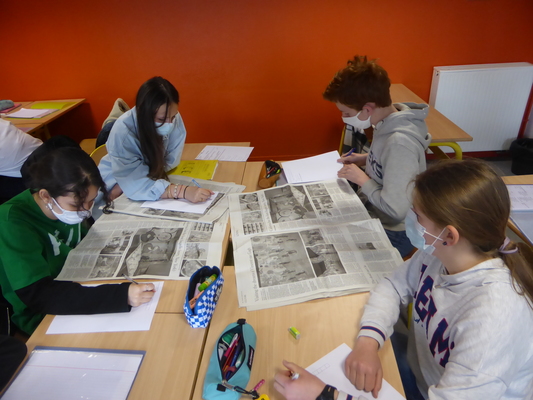

Hi everyone!
This is a brief summary of how we dealt with fake news:
(Note: the materials used are here and here. ("How to find catchy titles": SOURCE :https://robpowellbizblog.com/
- First, I explained the project to the pupils and we made a brainstorming of words. These are the few words they suggested:
Misinformation, Donald Trump, vicious, Lock Ness, lies, danger, social media, danger, cyberbullying, rumours, politics.
- Then, they read and studied three documents, one in each lesson.
I asked them to read the articles and asked them to give their opinions about them: were they fake news or not? One they had voted, I gave them a list of fact check tools -they were in fact all fake news and all of the pupils were deceived-
- Little by little, they realised how the articles manage to deceive people so they completed the mindmap step by step. Our Italian partners completed it too.
- The last document, from the BBC, was adapted for the youngest of the group, because it was a little difficult. I gave them vocabulary so that the reading was made easier.
- After that, we focused on grammar and vocabulary:
* they had just discoverd how to write a chinese portrait, thanks to one of the ice-breaking activities with Italy. So I decided to make them work on sentences like; If I were, I would/ If I could..., I would..../ If I had, I would....
* they made a personal list of all the words they had learnt by reading all the articles- words related to fake news only.
- Finally, they spent one hour working in groups in what I would call Treasure Hunt: they made two groups and I gave them one newspaper each. -The New York Times for one and Connexion for the other group. I gave them puzzles to solve by reading them, making reading more fun. You can see the photos in 'Materials'.